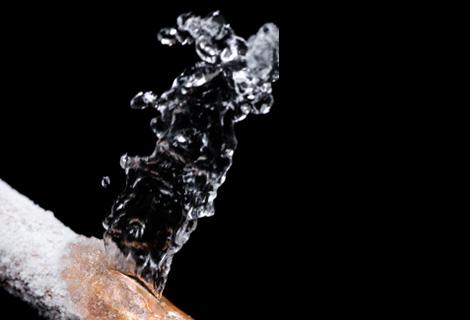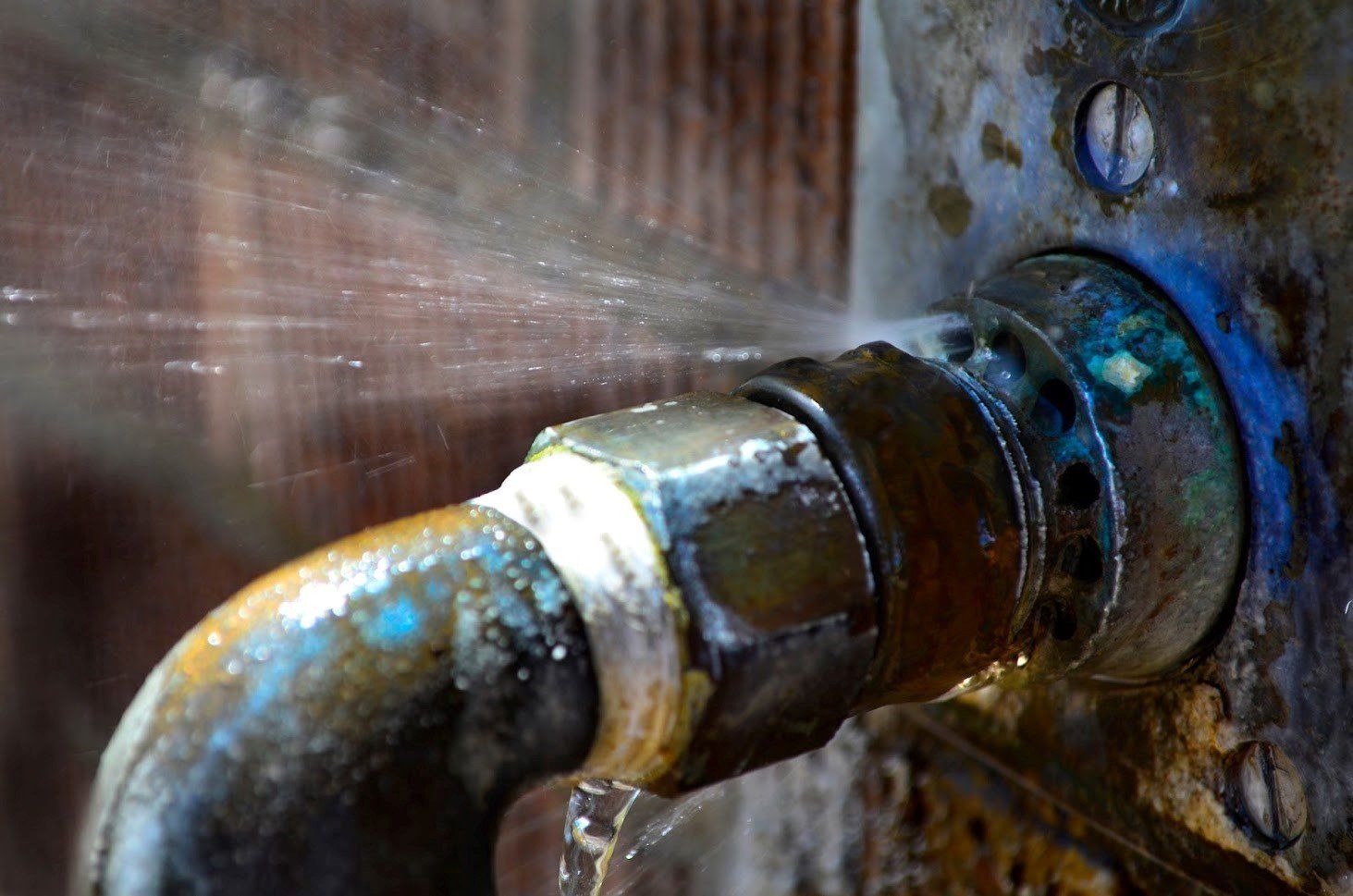Right here down the page you might get a lot of sensible insights involving How to install a dishwasher safely.

A burst pipeline is a major emergency; you can just stand as you view water you pay a lot to reunite with the planet. In worse cases, you observe a pool on your kitchen flooring, which is a great journey hazard, particularly if you have children around. If the pipe that ruptured was in your wall surfaces, trouble: you might need to repaint that whole area.
How can a tragedy like a burst pipeline be prevented as well as taken care of? Well, by listening to your expert emergency plumbers and also following these policies.
Just how do I know when my pipelines have burst?
Rising and fall water stress
Pipes do not just burst in a day. You might have seen that your kitchen tap or shower does not run immediately when you turn the tap. It might stop for a couple of seconds and then blast you with more pressure than normal.
In various other instances, the water may seem typical at first, then decrease in stress after a couple of secs.
Damp walls and water stains
Before a pipeline ruptureds, it will leak, a lot of times. If this persistent leaking goes undetected, the leakage may finish into a large gash in your pipe. One easy way to avoid this emergency is to look out for wet wall surfaces advertisement water discolorations. These water discolorations will certainly lead you right to the leakage.
Puddles under pipes and sinks
When a pipe ruptureds, the discharge forms a puddle. It might show up that the pool is expanding in dimension, and no matter the number of times you wipe the pool, in a few minutes, there's one more one waiting to be cleaned up. Usually, you might not be able to trace the puddle to any visible pipes. This is an indicator to call a professional plumber.
Untraceable dripping noises
Pipeline ruptureds can occur in one of the most unpleasant places, like within concrete, inside walls, or under sinks. When your home goes silent, you might be able to hear an annoyingly persistent trickling sound. Also after you've checked your shower head and cooking area faucet, the leaking may proceed.
Beloved visitor, the dripping might be originating from a pipe inside your walls. There isn't much you can do about that, other than inform a specialist plumber.
Shut off the Water
When water ices up, it increases in volume by about 9 percent. And it increases with incredible pressure: The pressure inside pipes might go from 40 extra pounds per square inch to 40,000 psi! No pipeline can hold that much pressure, so it bursts. The break may occur where the ice kinds, however more often, it takes place where water pressure finds a weak point in the pipeline. That may be inches and even feet from the frozen area. Discover the water shutoff valve and switch off the water to avoid even more damage. You could additionally require to turn off the electrical power too, depending upon where the leaks happens and exactly how big it is.
Polluted water
Many people think a burst pipeline is a one-way outlet. Rather the contrary. As water flows out of the hole or wound in your plumbing system, contaminants discover their method.
Your water may be infected from the source, so if you can, examine if your water tank has any type of problems. Nevertheless, if your alcohol consumption water is provided and cleansed by the local government, you ought to call your plumber quickly if you see or smell anything amusing in your water.
What do I do when I spot a ruptured pipeline?
Your water meter will certainly continue to run even while your water wastes. To lessen your losses, find the major controls and transform the supply off. The water mains are an above-ground framework at the edge of your property.
How to Fix & Detect a Leaking Pipe
How Do I Know if a Pipe is Leaking?
Leak detection tests can help you determine if your pipe has a leak. Even if you don’t see an apparent leak, you should still conduct leak detection tests regularly to save water and money—and prevent major damage to your home.
Water meter. It can be helpful to figure out what your usual water meter usage numbers are and then monitor them regularly. To monitor your meter, first, turn off all water faucets in your home. Check the meter and write down the numbers. In a few hours, check the meter again. If the numbers have changed, you have a leak. Water gauge. Use a water gauge to test your water pressure. Your showerhead should produce a certain amount of water pressure based on its model and design. If the pressure is lower than it is supposed to be for that specific showerhead, your home likely has a leak. Puddles. Look inside your bathroom, laundry, and kitchen sink cabinets. Puddles around the cabinets or around toilets, tubs, showers, and washing machines indicate the presence of a leaking pipe. You may also notice loose tiles, peeling or flaking paint, or mold caused by water accumulation. Napkin test. Even if you don’t see any puddles, you may still have a leak. You can test for water leaks in the bathroom, laundry, and kitchen by wiping below-sink connections with a napkin, paper towel, or piece of toilet paper. If it becomes damp, you probably have a leaking pipe under the sink. Discolored walls. Walls that are discolored—usually with brown or yellow stains—or bulging might mean that they have been impacted by water damage caused by a leaking pipe. Smell. A leaky pipe will create sitting water, and over time, that water may develop a musty smell. If your home smells musty, but you can’t locate the source, it may be due to a leak. Steps for Fixing a Leaking Pipe
A leaky drain can be remedied by tightening the pipe base, replacing the drain seal, caulking the rim, and tightening the pipe nut. Similarly, a leaking toilet pipe can be treated by tightening the packing nut. You may also need to replace the valve. A leaky faucet may just need tightening or replacement of the washers. If that doesn’t work, consider replacing your faucet. If your pipe has a hole in it, you may want to use a pipe leak sealer or pipe leak tape. This quick fix for water pipe leaks can also temporarily fix a copper pipe leak. https://www.ahs.com/home-matters/quick-tips/how-to-tell-if-pipes-are-leaking/

As an enthusiastic reader on How to Install and Connect a New Dishwasher, I think sharing that editorial was beneficial. Are you aware of another individual who is sincerely interested in the topic? Why not share it. Thank you for your time. Come back soon.
For instant fixes, dial!